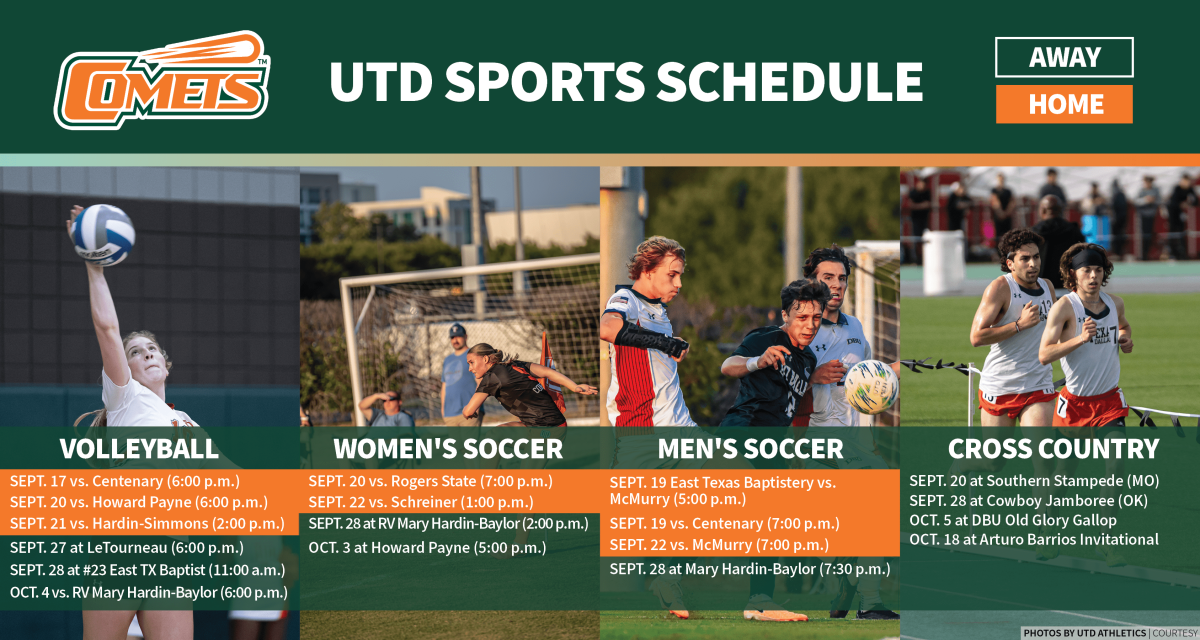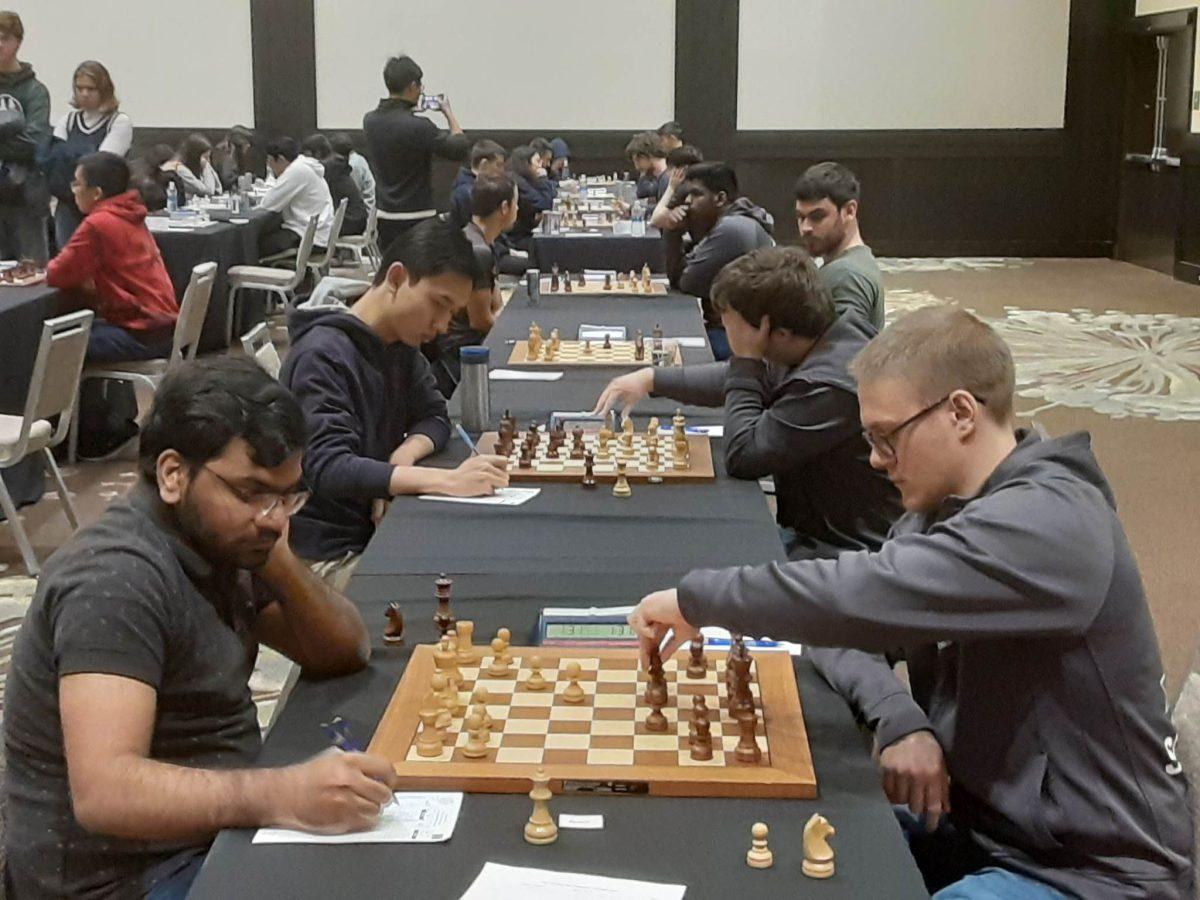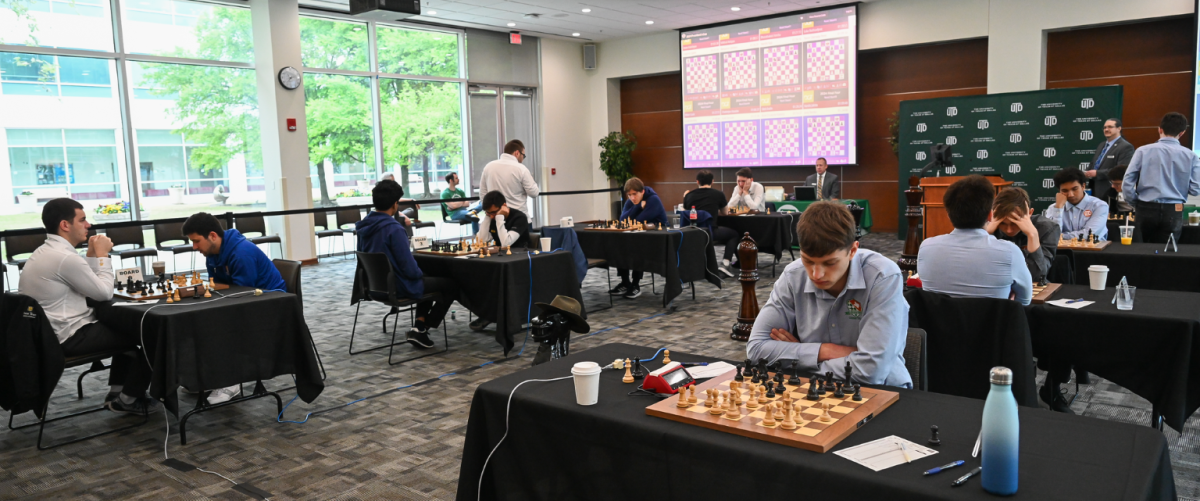Corporate sponsorship will take away from purity of sport
The proliferation of advertisements on jerseys has been a negative trend in sports in recent years. Unfortunately, that fad is now coming to one of the biggest leagues in America.
On April 15, the NBA announced it would undertake a three-year pilot program, beginning with the 2017-2018 season, which would allow teams to sell advertisement space on their jerseys to corporate sponsors.
NBA Commissioner Adam Silver said that it was the perfect time to test out the program, given that it will be instituted the same season that the NBA changes from Adidas to Nike as the league’s official jersey manufacturer.
Companies will be restricted to buying a 2.5-inch-by-2.5-inch “patch” to be worn on the upper left side of a team’s jersey with the Nike “swoosh” logo directly opposite of that, along with the league’s official logo. The NBA will become the first of the four major U.S. sports leagues to put advertisements on regular game-day jerseys.
The problem lies in whether these patches are merely a means to an end. While the initial program and relative size of the approved advertisements are modest in nature — contributing only $100 million a year to the league’s $7 billion projected revenue for the 2017-2018 season — there’s nothing withstanding a balloon effect in the long-term. A few inches of advertisement space in a corner today could mean a foot of space spanning across the entire jersey a decade down the road.
The controversy is whether the NBA is becoming more of a commercial business rather than an entertainment sport.
“The media landscape is changing,” Silver said. “People are watching less live television outside of sports. People are watching fewer commercials. This will become an important opportunity for companies for connecting directly with their consumers.”
Frankly, passionate NBA fans don’t watch games because they want to be bogged down by commercials. In fact, they do so for exactly the opposite reason — in order to evade consumerist tactics and to be entertained by watching some of the best athletes in the world compete at the highest level.
Another problem with this initiative is that notorious star players on each NBA team have multiple endorsements with various companies, which may cause contractual issues when rival companies purchase advertisement patches for a specific team that directly conflict with individual endorsements. The NBA has not made it clear how those conflicts will be resolved.
However, retail jerseys will be sold without the sponsor patch just as they are on the market right now. It is at the owner’s discretion as to whether the patch versions will be sold alongside the current retail versions in their independent team outlets.
Soccer is famous for its corporate logos on its team jerseys. In fact, the teams’ logos take up just a small fraction of the overall jersey space. However, soccer and basketball are two very distinct sports, especially when introducing the commercial business aspect.
Soccer is played on a 90 minute running clock split between two halves. There are zero commercial breaks during each half, meaning less commercial time than the average sport, and that’s part of the reason why such big advertisements work and why such few people have a problem with them.
On the other hand, basketball features multiple commercial breaks each quarter, turning what should be a 48-minute game into a two-hour spectacle due to commercial breaks. That fact in and of itself shows why ads on jerseys aren’t an immediate need.
At the forefront is the issue of tarnishing the integrity of the game. The global economy is constantly changing, but it begs the question as to whether this NBA initiative is made to accentuate and further the economy, or just to deepen the pockets of the players, owners and league overall? This pilot program looks to set a bad precedent for future generations.






